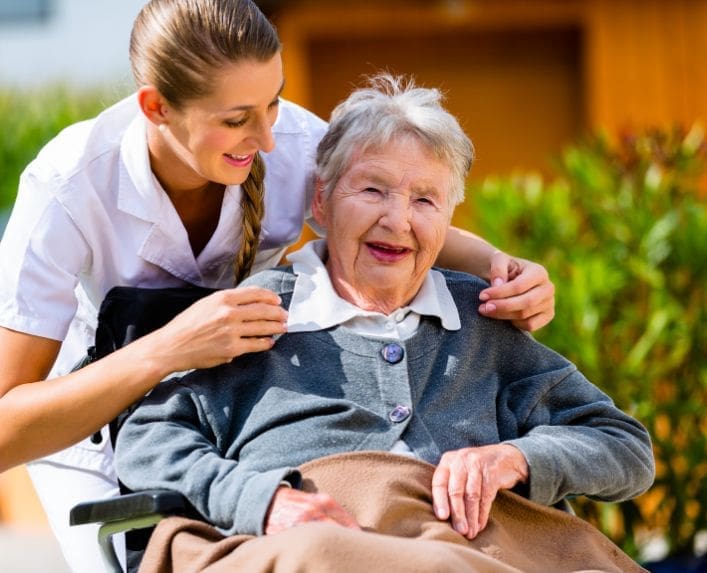What you will learn
In this online Safeguarding Adults course you’ll gain a solid foundation in understanding how to safeguard adults at risk, as well as obtain guidance on relevant safeguarding procedures and legislation.
By the end of the course you will be able to:
- Understand what the term ‘safeguarding’ means and recognise your responsibilities for safeguarding adults at risk.
- Have an awareness of the variety of legislation and guidance that pertains to safeguarding adults, ensuring you remain compliant and informed.
- Be able to define the several types of abuse, ensuring clear identification and differentiation between them.
- Be able to demonstrate an awareness of the range of indicators of abuse, neglect and exploitation, allowing you to recognise situations where an adult at risk may be harmed.
- Be aware of the effects of personal values and attitudes towards abuse, ensuring that personal biases do not hinder objective assessment.
- Understand your responsibility to take action when you suspect abuse or when someone discloses it, including the correct procedures for reporting concerns.
- Know the importance of maintaining a person-centred approach, ensuring the well-being and autonomy of the individual are always prioritised.
Modules
Your Title Goes Here
1. Introduction
2. Legislation and Guidance
3. What is Abuse and Neglect?
By the end of this module, you’ll gain a clearer insight into the definition of abuse, its specific forms and how to recognise them.
4. Signs and Indicators of Abuse and Neglect
By the end of this module, you’ll have a deeper understanding of the definitions of abuse and understand how to recognise the various signs associated with different types of abuse.
5. Maintaining a Person-Centred Approach
By the end of this module, you’ll gain a clearer insight into the principles of person-centred care.
6. Responding to Concerns
By the module’s conclusion, you’ll know how to act in potential abuse situations. Additionally, a detailed step-by-step guide will help you address and manage any concerns that arise.
Who is this course for?
- Education staff in adult learning
- Healthcare and non-clinical staff
- Social care workers
- Carers
- Administration staff who may come into contact with adults at risk
- Volunteers, church leaders and charity workers who may deal with adults at risk
Certification
This online Safeguarding Adults course is accredited by The CPD Group.
Upon successful completion of this online course, you’ll be sent a personalised digital certificate as a PDF, enabling you to download and print it.
You can access a copy, reprint or download this certificate on our LMS (Learning Management System). This is your proof that you have been trained in safeguarding best practices and achieved compliance. The certificates include a verification number so anybody can authenticate the certificate’s legitimacy.
Our certifications include a renewal date but there is no legal requirement to renew your training and certificate within a specific timeframe. However, we do recommend that you arrange refresher training after 2 years as safeguarding guidance does change. You should update your safeguarding knowledge and skills regularly.








